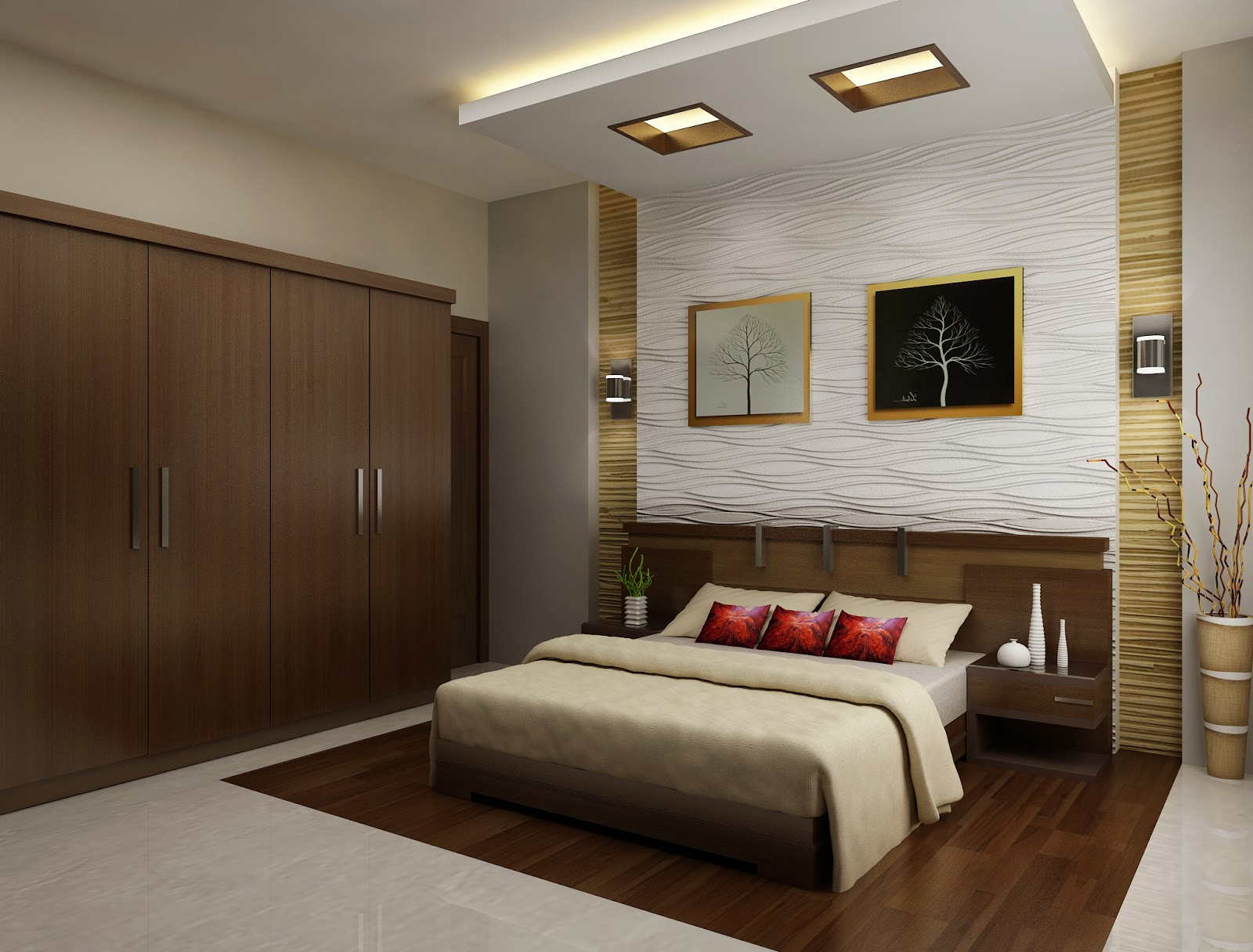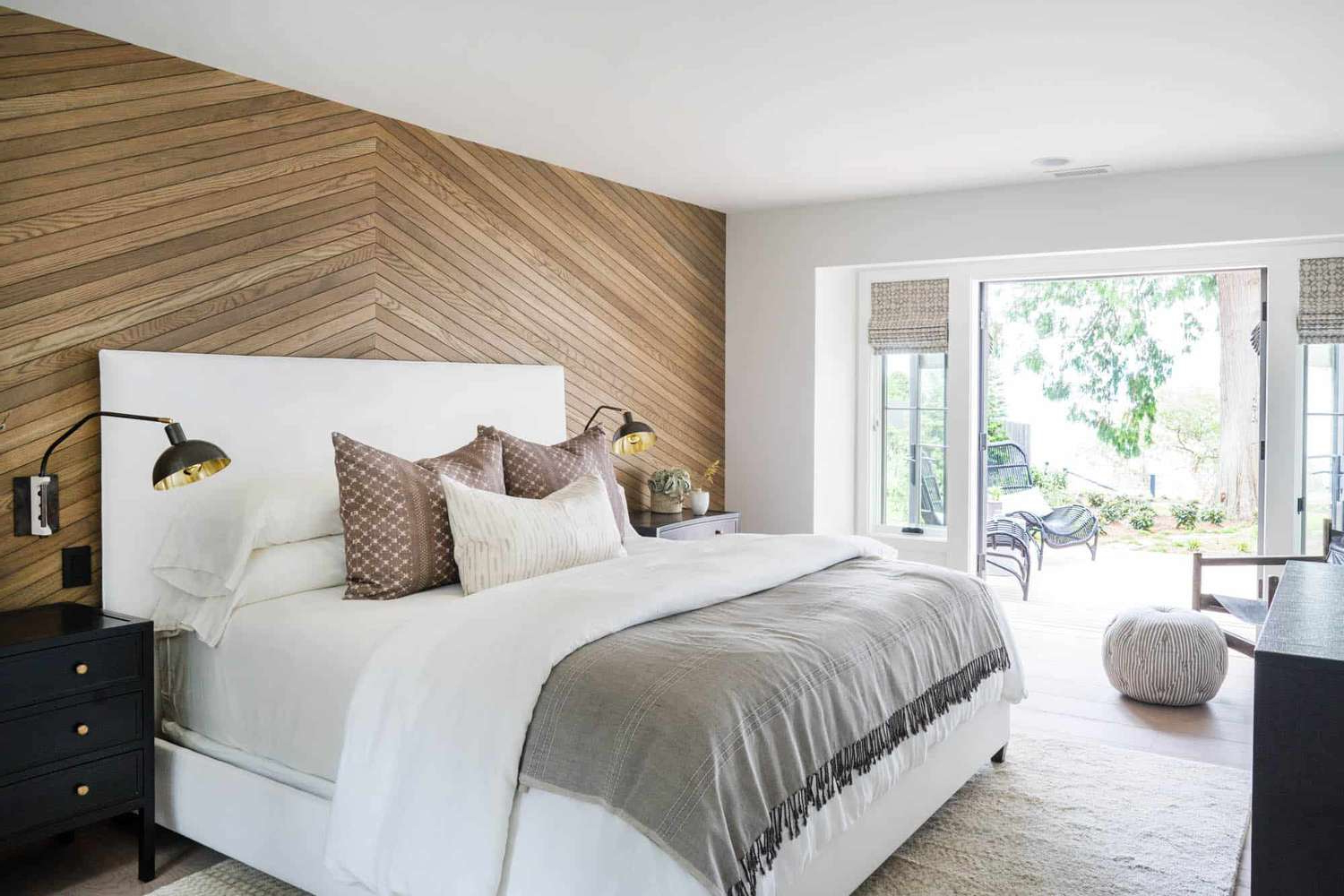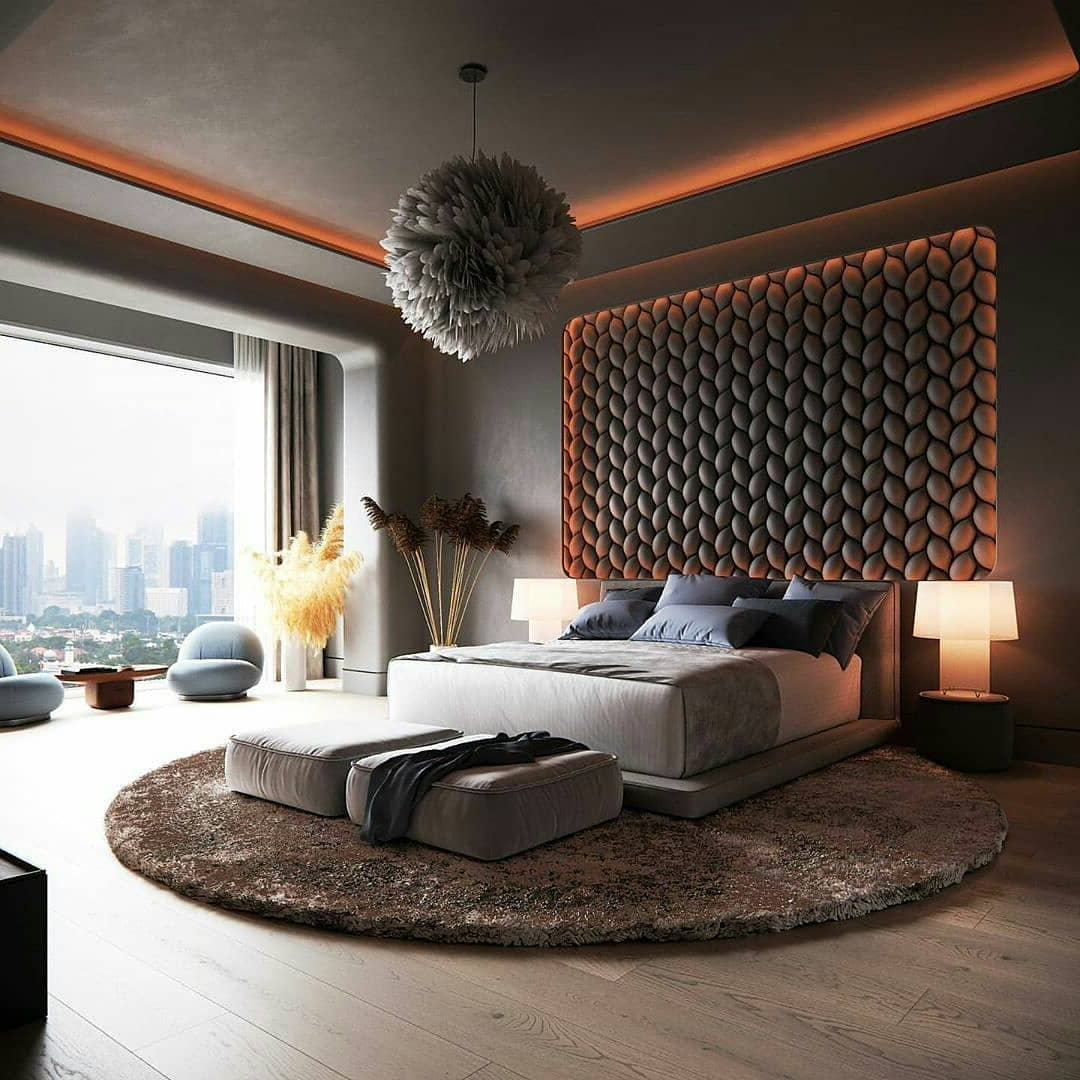Every hue in your bedroom tells a story about your mood, energy levels, and sleep patterns. The right colors can transform your space from a chaotic mess to a peaceful sanctuary. But why do some colors make us feel calm while others seem to zap our energy? Let’s dive into the fascinating world of color psychology and see how it shapes our sleeping experiences.
We spend roughly one-third of our lives in bed, so why not make that space work for us? The colors we choose for our bedrooms aren’t just about aesthetics – they’re powerful tools that can influence everything from our heart rate to our dreams. Whether you’re planning a complete redesign or simply swapping out some paint, understanding how colors affect us can make all the difference. It’s not just about looking pretty; it’s about feeling good while you rest.
The Science of Color Perception
Our brains process color differently than most people realize. When light hits a surface, our eyes send signals to the visual cortex, but then something interesting happens. The brain doesn’t just register what we see – it interprets the emotional impact too. Red might make us feel energized, while blue can signal calmness. This connection between sight and emotion isn’t random. It’s rooted in millions of years of evolution and cultural learning.
Think about it – when we see red, our bodies often respond as if we’re facing danger. Our hearts beat faster, blood pressure rises, and we become alert. Blue, on the other hand, triggers a completely different response. It’s linked to feelings of tranquility, trust, and peace. These responses are so strong that they can actually change our physical state even before we’re consciously aware of them.
This biological reaction explains why certain colors work better in bedrooms. We want to avoid anything that might stimulate our nervous system too much during sleep time. Instead, we’re looking for hues that encourage relaxation and promote deeper rest.
Cool Colors: Calming the Mind and Body
When it comes to sleep-inducing colors, cool tones take center stage. Blues, greens, and purples are the go-to choices for many bedroom designers because they naturally lower our body temperature and slow our breathing. Consider how a cool blue sky makes you feel relaxed versus how a blazing red sunset might make you feel energized.
Blue specifically has been shown to reduce stress hormones and decrease heart rate. Studies have found that people sleep better in rooms painted blue than those painted in warmer colors. This doesn’t mean every wall needs to be navy – subtle shades of sky blue or pale turquoise work wonders. They’re gentle enough to not overwhelm but strong enough to create a peaceful atmosphere.
Green represents nature and growth, which naturally brings a sense of balance. Light green walls can make even the most stressful day feel manageable. It’s the color of fresh air, new beginnings, and restoration. Many people find that incorporating green elements helps them transition from their busy daytime lives into a more restful nighttime state.
Purple, often associated with luxury and creativity, can also be incredibly soothing. Lavender purple, in particular, has been used for centuries to promote sleep and relaxation. It’s a color that suggests both calm and sophistication, making it perfect for those who want their bedroom to feel both peaceful and elegant.
Warm Colors: Energy and Comfort
While cool colors dominate sleep spaces, warm tones still have their place in bedroom design. Just like with cool colors, the key lies in choosing the right shade and using them strategically. Warm colors like soft yellows, warm oranges, and muted terracotta can add comfort and coziness to a bedroom without overwhelming the senses.
Yellow, especially in soft, muted tones, can lift our mood without causing overstimulation. It’s linked to happiness and optimism, but only when used carefully. Too bright, and it can make us feel anxious or restless. But a gentle yellow accent wall or bedding can create a cheerful, welcoming atmosphere.
Orange and terracotta bring earthiness and warmth to a space. These colors remind us of sunsets and cozy fires, creating a sense of security and comfort. They’re particularly effective when used as accent colors rather than main walls, allowing you to enjoy their benefits without disrupting your sleep cycle.
The trick with warm colors is moderation. They’re best used sparingly and in combination with cooler tones. This creates a balanced environment that feels both inviting and restful.
Neutral Tones: Versatility and Balance
Neutrals offer the ultimate flexibility in bedroom design. White, beige, gray, and cream serve as excellent bases that can support almost any color scheme. But their true power lies in their ability to create a sense of calm and spaciousness.
White, despite being the most obvious neutral, deserves special attention. It reflects light beautifully and can make small bedrooms feel larger. However, too much white can feel sterile and cold. Adding warm textures or soft lighting can soften its effect and make the space feel more welcoming.
Gray provides a sophisticated middle ground. It’s neither too warm nor too cool, making it ideal for those who want a modern look without sacrificing comfort. Light grays can be airy and calming, while darker grays add depth and richness to a room.
Beige and cream offer a softer approach to neutrality. They’re warm enough to feel cozy but light enough to keep the space feeling open. These colors work exceptionally well with both cool and warm accents, making them perfect for versatile bedroom designs.
The beauty of neutrals is that they allow other colors to shine while maintaining overall harmony. They’re like the quiet background musicians in a symphony – essential but never overpowering.
Color Psychology and Individual Differences
It’s important to remember that color preferences vary greatly from person to person. What feels calming to one person might feel too dull to another. Cultural backgrounds, personal experiences, and even genetics can influence how we respond to different colors.
For instance, someone who grew up near the ocean might find that blue colors trigger positive memories and feelings of safety. Someone who spent childhood summers in a forest might feel most at ease surrounded by green tones. These associations can be incredibly powerful in shaping our emotional responses to color.
Age also plays a role. Young children often prefer bright, bold colors, while older adults may gravitate toward softer, more muted tones. Seasonal changes can affect our preferences too – people tend to favor cooler colors in summer and warmer tones in winter.
Personal taste matters enormously too. Some people simply love the way a certain color makes them feel, regardless of what psychology says about it. The most important thing is choosing colors that make you feel comfortable and relaxed in your bedroom. If a particular color makes you happy and helps you sleep well, it’s probably a good choice for your space.
Practical Tips for Choosing Bedroom Colors
Now that we understand the theory, let’s talk about applying it in real life. Here are some practical approaches to help you select the right colors for your bedroom:
• Start with a base color. Choose a neutral tone for your main walls to create a calm foundation.
• Add one accent color. Pick a single color that complements your chosen theme – perhaps a soft blue for the headboard or a warm green for a decorative element.
• Test samples. Paint small sections of your walls with potential colors and observe how they look at different times of day.
• Consider your existing furniture. Choose colors that either complement or contrast with your current bedroom pieces.
• Think about lighting. Natural light changes throughout the day, so what looks good in morning might look different under evening lamps.
Remember that you don’t have to stick to one color scheme. A beautiful bedroom might feature multiple colors working together in harmony. The key is ensuring that the overall effect promotes rest and relaxation rather than stimulation. Your bedroom should feel like a retreat from the chaos of the outside world.
Choosing the right colors for your bedroom is more than just a design decision – it’s a commitment to your well-being. The colors around us shape our moods, influence our sleep quality, and even affect our physical health. By understanding the psychological effects of different hues, you can create a space that truly supports your needs.
Whether you’re drawn to the calming blues and greens, the comforting warmth of oranges and yellows, or the timeless versatility of neutrals, the most important factor is finding what works for you personally. Don’t be afraid to experiment, test different combinations, and trust your instincts. After all, your bedroom should be a place where you feel completely at ease, both physically and emotionally. The right colors can make all the difference in helping you achieve that perfect state of restful relaxation.















